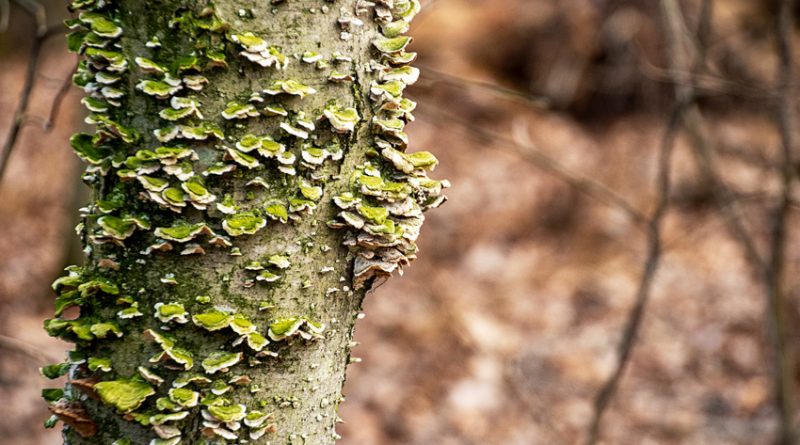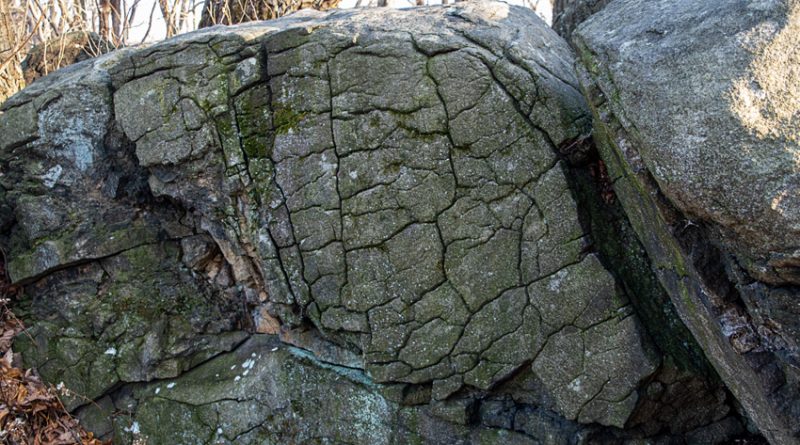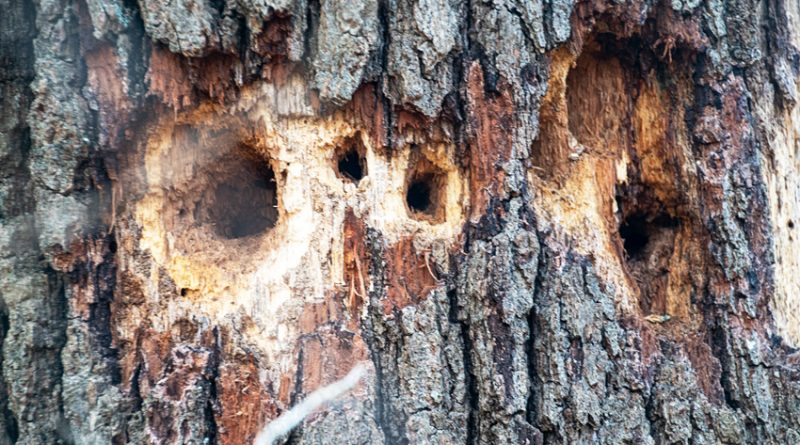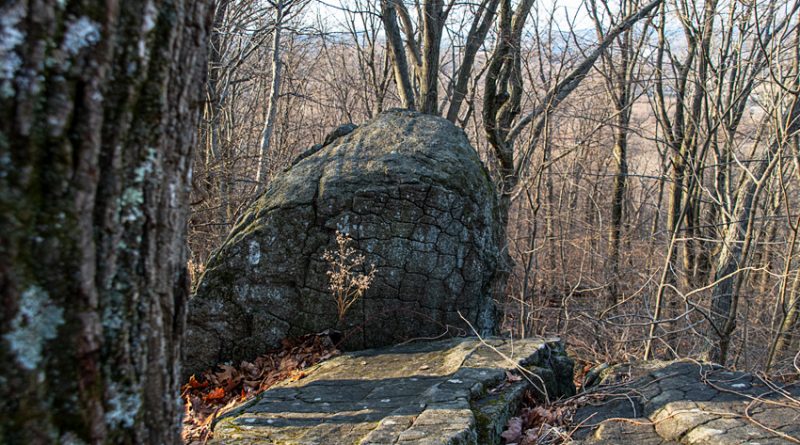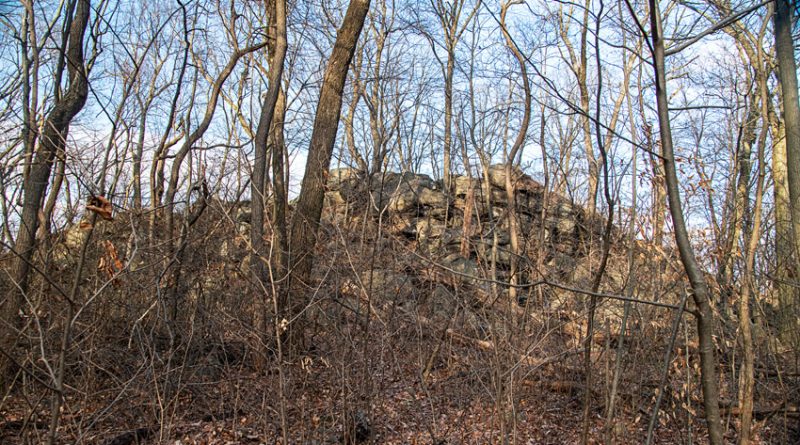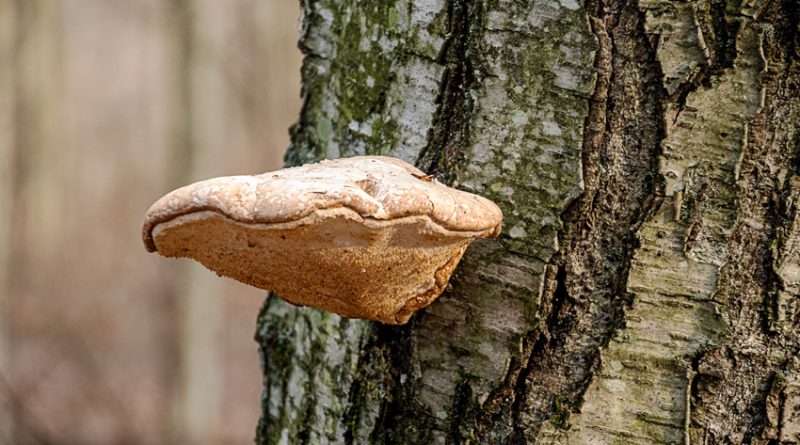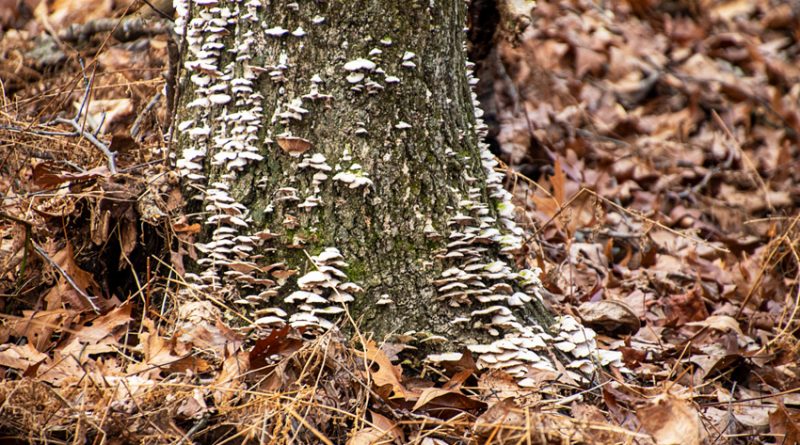No. 1 New Year’s Day Walk—French Creek State Park
A New Year’s Day hike on one of the many scenic trails in Berks County has become kind of a ritual for us. The aged forest at French Creek State Park features many decaying trees and other plants. They are particularly noticeable at this time of year as there is no foliage to hide them from view.
With nearly 8,000 acres, French Creek State Park, which is maintained by the Pennsylvania Department of Natural Resources, is the largest contiguous forest between Washington D.C. and New York City. It straddles northern Chester County and southern Berks County along French Creek. It is located in the Hopewell Big Woods. The park features two lakes: Hopewell Lake, a 68-acre warm water lake, and Scotts Run Lake, a 22-acre cold water lake.
Once part of an industrial complex in the colonial and post-revolutionary United States, it straddles the Schuylkill Highlands. Today French Creek State Park is a natural haven for both people and wildlife.
The forests, lakes, wetlands, and fields are much sought after by the people of the region to hike, fish, camp, and bike.
Those same habitats are homes to many animals and plants that are rare in this corner of the commonwealth. The National Audubon Society has designated the park as an Important Bird Area. The Pennsylvania Game Commission lists it as an Important Mammal Area. In addition, Pine Swamp, which we will visit on another day is a State Park Natural Area.
The land in and surrounding French Creek State Park was once dominated by old-growth forests of American chestnut. These trees were cleared, beginning in 1771, and used to make charcoal to feed the iron furnace at nearby Hopewell Furnace, a 19th-century “iron plantation,” based on a charcoal-fired cold-blast iron blast furnace.
The operation included a blast furnace, water wheel, blast machinery, cast house, and charcoal house, plus the ironmaster’s house, company store, blacksmith’s shop, barn, and several worker’s houses. Many of these have been restored for visitors.
Hopewell Furnace was founded c. 1771 by ironmaster Mark Bird, son of William Bird, who had been one of Pennsylvania’s most prominent ironmasters. The site’s most prosperous time was around 1820-1840. It returned to heavier production again during the Civil War.
The forests were allowed to regrow and were cleared again approximately every twenty-five years. The furnace was in operation for 112 years until 1883. The damage caused by the colliers had a long-lasting effect on forest ecology. The thickly wooded hillsides that once provided a habitat for a wide variety of woodland creatures were stripped bare. But the forest slowly began to grow back.
The second-growth forests that stand today at French Creek State Park are made up of a mixture of oak, maple and other mostly hardwood trees.


